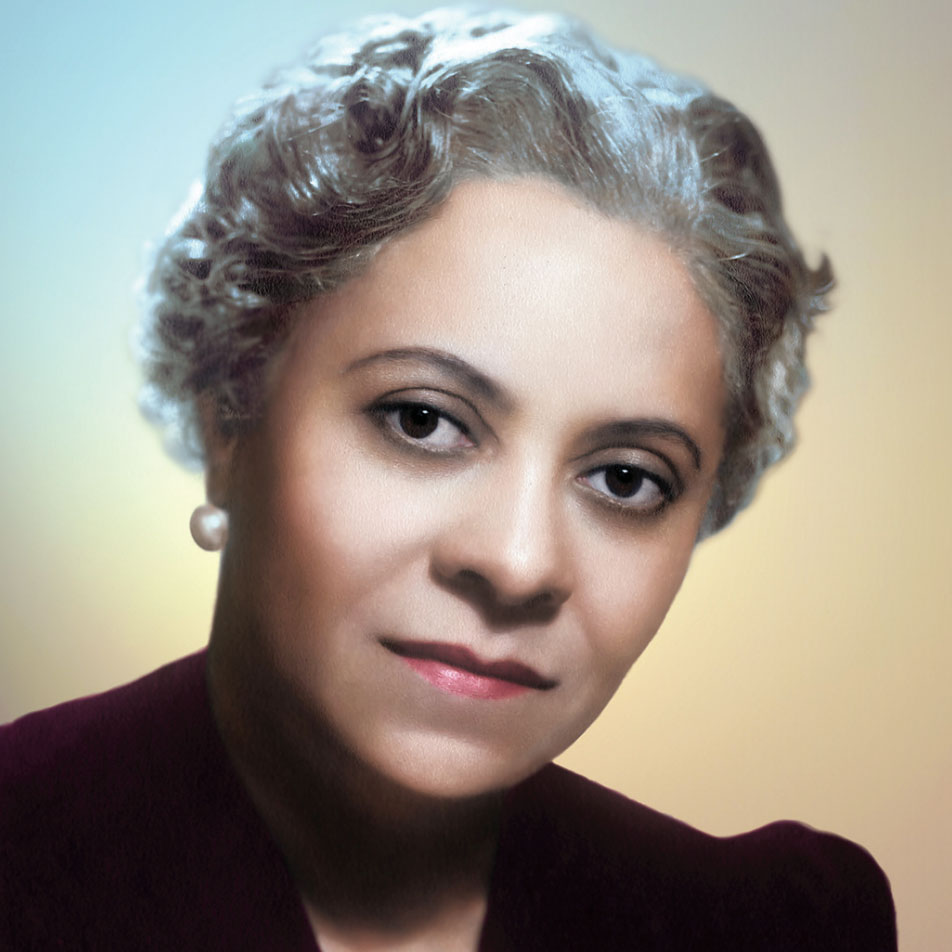June 27, 2021
Florence Price
Florence Beatrice Price (April 9, 1887-June 3, 1953) was an American classical composer, pianist, organist and music teacher. Price was born in Little Rock, Arkansas, in a mixed-race family where her father was the only African American dentist in the city and her mother was a music teacher who guided Florence’s early musical training. She gave her first piano performance at the age of four and had her first composition published at the age of 11. By the time she was 14, Price had graduated as valedictorian of her class and later enrolled in the New England Conservatory of Music in Boston with a major in piano and organ. At the Conservatory, she studied composition and counterpoint with composers George Chadwick and Frederick Converse. Also while there, Smith wrote her first string trio and symphony. She graduated in 1906 with honors, with both an artist diploma in organ and a teaching certificate.
Smith returned to Arkansas, where she taught briefly before moving to Atlanta in 1910. There she became the head of the music department of what is now Clark Atlanta University, an HBCU. In 1912, she married Thomas J. Price, a lawyer. She moved to Little Rock, Arkansas, where he had his practice. After a series of racial incidents in Little Rock, particularly a lynching of a Black man in 1927, the Price family decided to leave. Like many Black families living in the Deep South, they moved north in the Great Migration to escape Jim Crow conditions, and settled in Chicago, a major industrial city. There Florence Price began a new and fulfilling period in her composition career. She studied composition, orchestration, and organ with the leading teachers in the city. Price was at various times enrolled at the Chicago Musical College, Chicago Teacher’s College, University of Chicago, and American Conservatory of Music, studying languages and liberal arts subjects as well as music. Challenging times came with financial struggles and abuse by her husband, so Price filed for divorce and became a single mother who worked as an organist to make ends meet. She eventually moved in with her student and friend, Margaret Bonds, also a Black pianist and composer. This friendship connected Price with writer Langston Hughes and contralto Marian Anderson, both prominent figures in the art world who aided in Price’s future success as a composer. Together, Price and Bonds achieved national recognition for their compositions and performances.
Overall, Price is noted as the first African American woman to be recognized as a symphonic composer, and the first to have a composition played by a major orchestra. Price composed numerous works: four symphonies, four concertos, choral works, art songs, and music for chamber and solo instruments.

